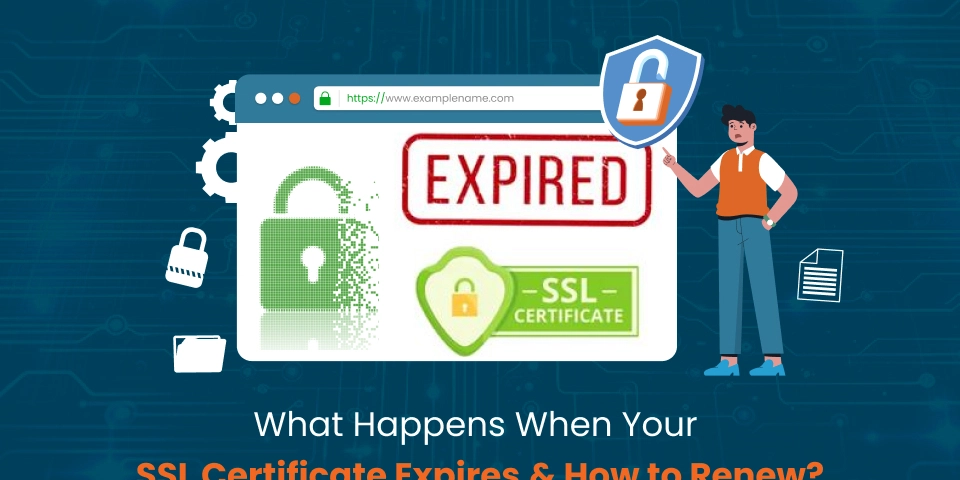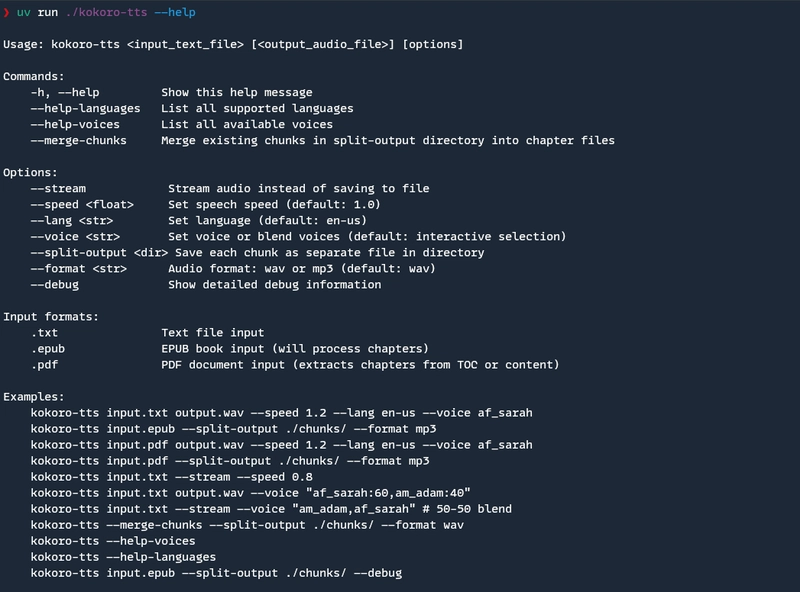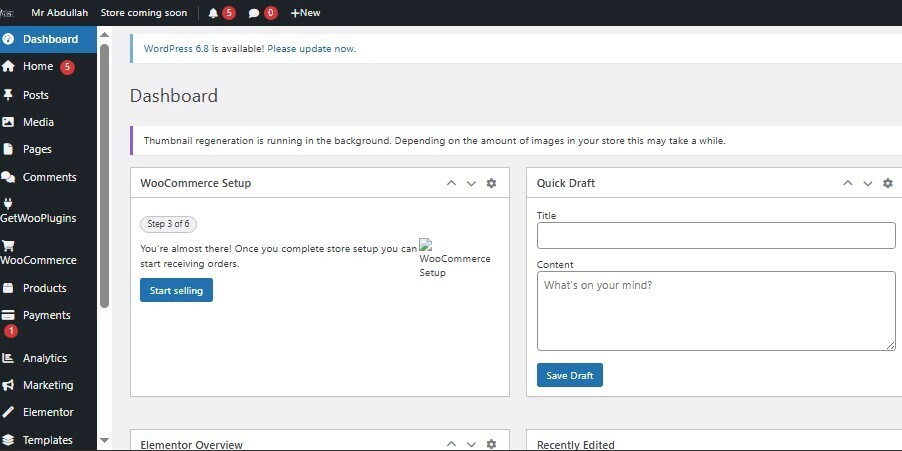How to Fix 'externally-managed-environment' Error in Python?
If you've ever tried to install a Python package and encountered the 'externally-managed-environment' error, you're not alone. This commonly occurs when using pip in environments where your Python installation is managed by your operating system's package manager. In this guide, we'll explore why this issue happens and how to resolve it successfully using virtual environments or other methods. Understanding the 'externally-managed-environment' Error This error message appears when you try to use pip to install packages, but your operating system has set restrictions on modifying the default Python environment. Essentially, your OS manages Python installations, and direct installations using pip can lead to an unstable system if packages conflict or if dependencies are missing in the system’s package manager. To resolve this, let's look at two effective methods: using virtual environments and using pipx, both of which can help you safely install Python packages without harming your base Python installation. Method 1: Creating a Virtual Environment Step-by-Step Guide to Create a Virtual Environment Creating a virtual environment is one of the best practices in Python development. It allows you to manage dependencies for each project separately, preventing conflicts. Install Python3 and Ensure Python3-Full is Installed First, ensure that Python 3 and its full suite of tools are installed on your system. If not, you can install it using your package manager. For Debian-based systems, run: sudo apt install python3 python3-venv python3-pip Create a Virtual Environment Use the venv module to create a new virtual environment: python3 -m venv myenv Replace myenv with your preferred environment name. Activate the Virtual Environment Before installing any packages, activate your virtual environment: source myenv/bin/activate After activation, your shell prompt will change to indicate you're in the virtual environment. Install Your Packages Now, you can install the desired package without encountering the error: pip install cryptography You can repeat this step to install other packages like pynput: pip install pynput Deactivate When Finished When you're done working in the virtual environment, you can deactivate it by running: deactivate Method 2: Using pipx for Package Management What is pipx? Pipx is a tool designed specifically for installing and running Python applications in isolated environments. It manages the creation of virtual environments for you, so you don't have to deal with it manually. Installation of pipx To get started with pipx, first install it: sudo apt install pipx sudo pipx ensurepath Installing Packages Using pipx After installation, you can use pipx to install packages that are not managed by your OS: pipx install cryptography This allows you to use cryptography directly without the 'externally-managed-environment' error cropping up. Testing Your Installation You can check if everything works fine by importing the installed package in the Python shell: import cryptography print(cryptography.__version__) If you don't see any error messages, congratulations! You've successfully installed the package. Frequently Asked Questions 1. Why is my Python installation externally managed? Your Python installation is often externally managed if you installed it via a package manager like apt on Linux. The package manager controls installations and dependencies. 2. What is the difference between pip and system package managers? Pip installs Python packages directly from the Python Package Index (PyPI), while system package managers manage software and dependencies for the OS. 3. Can I bypass the warning and install directly? While possible, bypassing the warning is risky and can lead to breaking your Python installation. It's better to use virtual environments or pipx for safety. 4. What if I continue to face issues? If you cannot resolve the issue, consider reaching out to your OS distribution support or the Python community for assistance. By following the methods outlined in this article, you can easily resolve the 'externally-managed-environment' error and smoothly install Python packages such as cryptography and pynput. Utilizing virtual environments and pipx will help in maintaining an organized Python environment, suitable for development and deployment.

If you've ever tried to install a Python package and encountered the 'externally-managed-environment' error, you're not alone. This commonly occurs when using pip in environments where your Python installation is managed by your operating system's package manager. In this guide, we'll explore why this issue happens and how to resolve it successfully using virtual environments or other methods.
Understanding the 'externally-managed-environment' Error
This error message appears when you try to use pip to install packages, but your operating system has set restrictions on modifying the default Python environment. Essentially, your OS manages Python installations, and direct installations using pip can lead to an unstable system if packages conflict or if dependencies are missing in the system’s package manager.
To resolve this, let's look at two effective methods: using virtual environments and using pipx, both of which can help you safely install Python packages without harming your base Python installation.
Method 1: Creating a Virtual Environment
Step-by-Step Guide to Create a Virtual Environment
Creating a virtual environment is one of the best practices in Python development. It allows you to manage dependencies for each project separately, preventing conflicts.
-
Install Python3 and Ensure Python3-Full is Installed
First, ensure that Python 3 and its full suite of tools are installed on your system. If not, you can install it using your package manager. For Debian-based systems, run:sudo apt install python3 python3-venv python3-pip -
Create a Virtual Environment
Use thevenvmodule to create a new virtual environment:python3 -m venv myenvReplace
myenvwith your preferred environment name. -
Activate the Virtual Environment
Before installing any packages, activate your virtual environment:source myenv/bin/activateAfter activation, your shell prompt will change to indicate you're in the virtual environment.
-
Install Your Packages
Now, you can install the desired package without encountering the error:pip install cryptographyYou can repeat this step to install other packages like
pynput:pip install pynput -
Deactivate When Finished
When you're done working in the virtual environment, you can deactivate it by running:deactivate
Method 2: Using pipx for Package Management
What is pipx?
Pipx is a tool designed specifically for installing and running Python applications in isolated environments. It manages the creation of virtual environments for you, so you don't have to deal with it manually.
Installation of pipx
To get started with pipx, first install it:
sudo apt install pipx
sudo pipx ensurepath
Installing Packages Using pipx
After installation, you can use pipx to install packages that are not managed by your OS:
pipx install cryptography
This allows you to use cryptography directly without the 'externally-managed-environment' error cropping up.
Testing Your Installation
You can check if everything works fine by importing the installed package in the Python shell:
import cryptography
print(cryptography.__version__)
If you don't see any error messages, congratulations! You've successfully installed the package.
Frequently Asked Questions
1. Why is my Python installation externally managed?
Your Python installation is often externally managed if you installed it via a package manager like apt on Linux. The package manager controls installations and dependencies.
2. What is the difference between pip and system package managers?
Pip installs Python packages directly from the Python Package Index (PyPI), while system package managers manage software and dependencies for the OS.
3. Can I bypass the warning and install directly?
While possible, bypassing the warning is risky and can lead to breaking your Python installation. It's better to use virtual environments or pipx for safety.
4. What if I continue to face issues?
If you cannot resolve the issue, consider reaching out to your OS distribution support or the Python community for assistance.
By following the methods outlined in this article, you can easily resolve the 'externally-managed-environment' error and smoothly install Python packages such as cryptography and pynput. Utilizing virtual environments and pipx will help in maintaining an organized Python environment, suitable for development and deployment.









































































































































































![[The AI Show Episode 146]: Rise of “AI-First” Companies, AI Job Disruption, GPT-4o Update Gets Rolled Back, How Big Consulting Firms Use AI, and Meta AI App](https://www.marketingaiinstitute.com/hubfs/ep%20146%20cover.png)








































































































































































































































































































































































![Honor 400 series officially launching on May 22 as design is revealed [Video]](https://i0.wp.com/9to5google.com/wp-content/uploads/sites/4/2025/05/honor-400-series-announcement-1.png?resize=1200%2C628&quality=82&strip=all&ssl=1)















![Beats Studio Pro Wireless Headphones Now Just $169.95 - Save 51%! [Deal]](https://www.iclarified.com/images/news/97258/97258/97258-640.jpg)







































































































